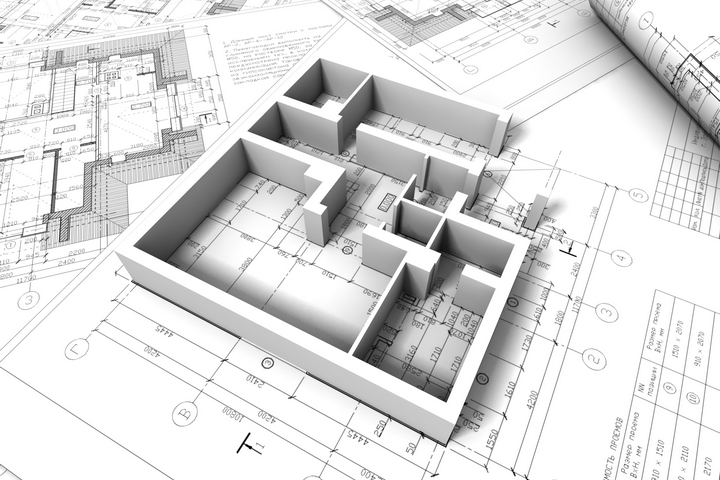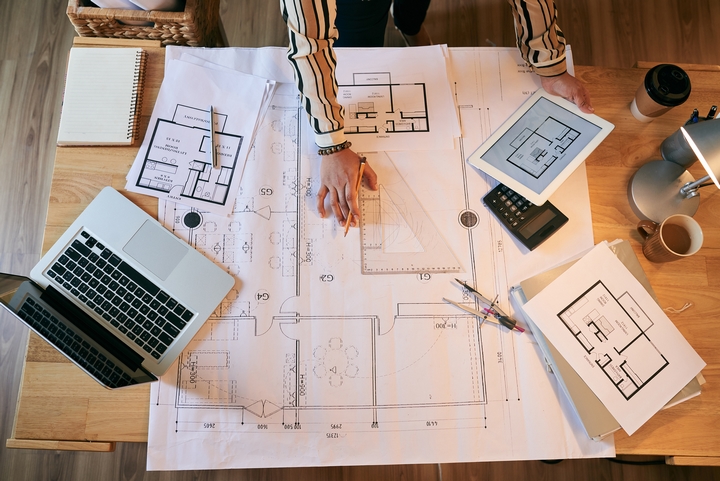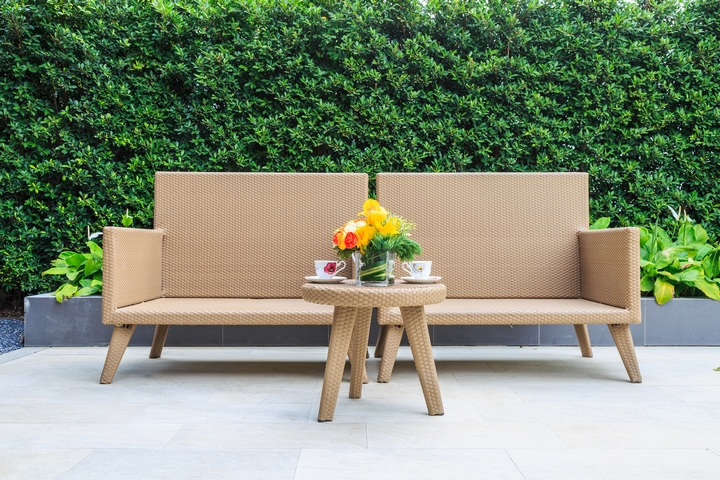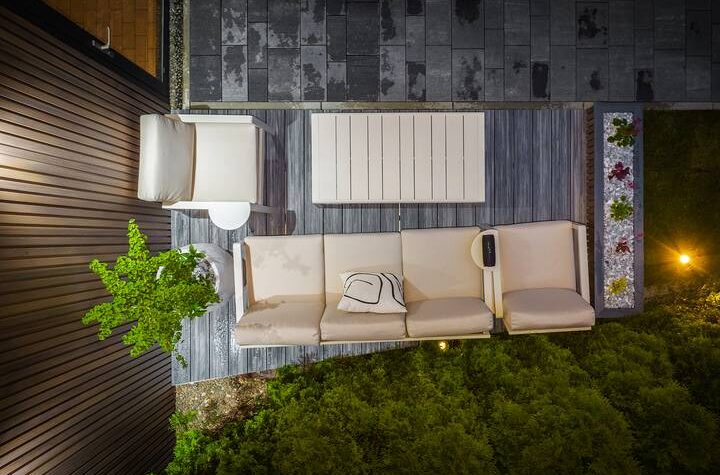A garden suite, also known as an accessory dwelling unit, is a self-contained living space on the same property as a single-family home. Garden suites are rising in popularity as part of the solution to the housing needs and urban development challenges that are becoming increasingly common.
These suites can serve various purposes, including providing your family with additional living space, accommodating in-laws or other relatives, offering rental income opportunities, or contributing to affordable housing options within your neighbourhood. It’s easy to see why garden suites are becoming so popular. A well-designed suite enhances your outdoor living space, increases property value, and creates a cozy haven right in your backyard.
From the initial planning and design to the construction and final touches, you can transform your backyard into a charming haven with your new garden suite. Let’s go over the steps involved with building your garden suite.
1. Zoning and Regulations

When planning a garden suite, you must first check on the zoning and regulations in your city or township. Zoning laws determine where and how you can construct your suite. Some areas may have size limitations, setback requirements, or occupancy rules you must consider in your design.
Contact your city’s planning department to ensure your property is zoned correctly and that you understand any specific regulations you must adhere to during design and construction.
2. Design and Purpose

Careful planning ensures that your garden suite will serve its purpose effectively and become a valuable addition to your property. First, you will want to determine the purpose of your garden suite, as this will inform the choices you make in the design process. Will it be a guest house, an in-law suite, or a rental unit? Think about the size and layout needed to fulfill its purpose.
Decide on the number of rooms, bathroom facilities, and kitchen amenities required. Sketch this layout, including any additional features you’d like to incorporate. Remember, you should prioritize functionality and space optimization because this is a tiny living space.
3. Financing and Budgeting

When planning to build a garden suite, financing and budgeting should be considered early in the planning process. Begin by setting a realistic budget that encompasses all aspects of the project, including construction, permits, utilities, and landscaping. Explore financing options, such as personal savings, loans, or home equity lines of credit.
It’s always a good idea to factor in contingencies for any unexpected costs that may arise during construction. Creating a detailed budget and securing appropriate financing ensures that your garden suite project remains financially manageable and allows you to enjoy the benefits of your investment without unnecessary financial hardship.
4. Obtain Necessary Permits

Before commencing construction, obtain all required permits from your local authorities. Building permits are essential to ensure your garden suite meets safety and zoning standards. You need the correct permits to ensure the project is completed on time, or you could even be fined.
Getting the permits might take some time, so be sure to apply for them as soon as possible so you don’t hold up the construction waiting.
5. Green and Sustainable Features

Incorporating green and sustainable features into your garden suite can benefit the environment and your bank account. Energy-efficient windows and doors will reduce heating and cooling costs. If you can, install solar panels to harness renewable energy and decrease reliance on traditional power sources.
Choose sustainable building materials, such as recycled or reclaimed wood, bamboo, or cork flooring, wherever possible. Making green and sustainable choices reduces your ecological footprint and creates a healthier, eco-conscious garden suite.
6. Outdoor Living Space

No garden suite is complete without an inviting outdoor living space. A small patio, deck, or balcony can provide a relaxing yet functional space for your guests or tenants to enjoy the fresh air and connect with nature. When selecting plants for your landscaping, look for types that grow well in your local climate.
These plants will require less effort to maintain, and you’ll be able to enjoy a lush, beautiful garden. Pathways should be easily accessible and well-lit for safety, while seating areas can be cozy with benches or chairs. Consider planting shrubs or putting up a trellis to give the suite a bit of privacy from the main house and your neighbours.
7. Hiring Professionals

Investing in professionals ensures a well-executed garden suite that meets your expectations and adds long-term value to your property. Experienced contractors possess the expertise and skills needed to handle construction challenges efficiently. They can help you navigate zoning regulations, obtain necessary permits, and ensure compliance with building codes.
Professional builders provide high-quality workmanship, using the best materials for durability and safety. They can also offer valuable design insights and suggest space-saving solutions. Working with experts saves time and reduces the risk of costly mistakes.




